SSIC Thermocouple Protection Tube
Designed to protect thermocouples from extreme temperatures and abrasion.
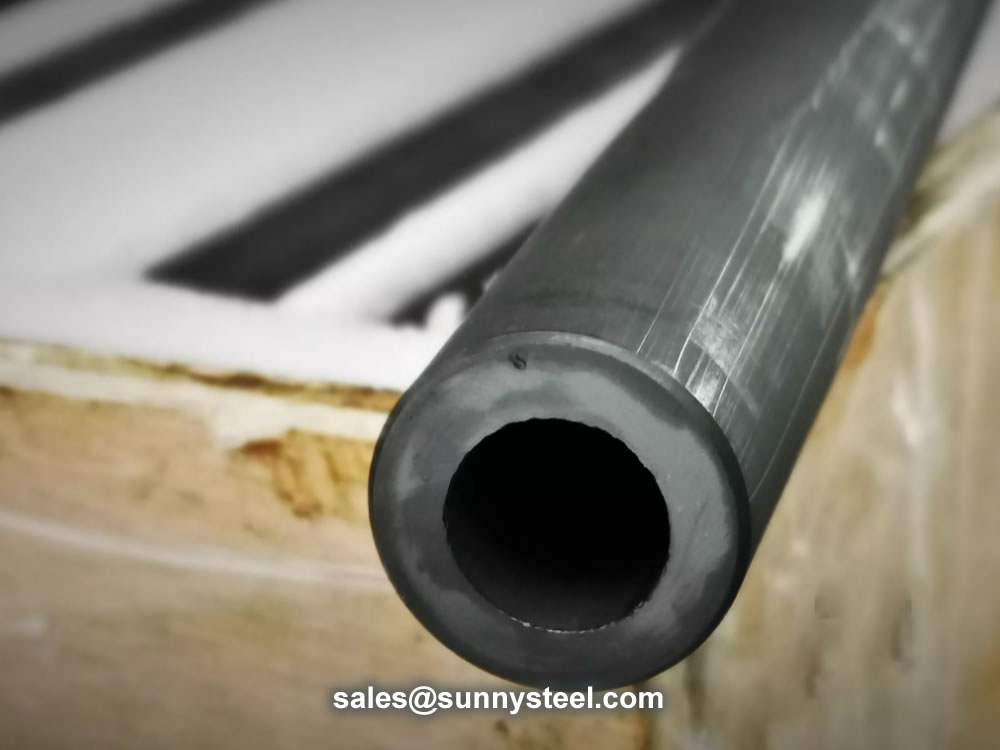
The pressureless sintered silicon carbide thermocouple protection tube has the characteristics of oxidation resistance, high thermal conductivity, corrosion resistance, thermal shock resistance and excellent high temperature strength, etc.
Download PDFIt can withstand high temperature and the erosion of strong corrosive substances, which is the best material for making thermocouple protection tube. Silicon carbide thermocouple protection tube is usually used with the thermocouple, thermostat, thermometer, etc., mainly for protecting the sensor from being damaged by external forces, preventing the internal components from being corroded by harmful substances in the environment, and quickly and accurately transferring heat energy. Silicon carbide has a strong ability in heat resistance, oxidation resistance, heat shock resistance, wear-resistance and chemical stability, etc. It is an ideal material for a high-performance thermocouple protection tube.
At present, there are two series silicon carbide products of pressureless sintering silicon carbide (SSIC) and reaction sintering silicon carbide (SISIC), which are widely used in mining, metallurgy, chemical industry, electric power, petroleum, furnace, machinery, steel, energy, environmental protection, building materials, semiconductor, aerospace and other fields. Compared with reaction bonded silicon carbide, pressureless sintered silicon carbide has higher purity, better mechanical properties, more prominent corrosion resistance(Resistant to strong acid and alkali corrosion, It is also the only ceramic material which can resistant to hydrofluoric acid corrosion), higher wear resistance, because of there’s no free silicon in the material. It can be used longer service life in environments which other materials not meet.
Silicon carbide (SiC) is a lightweight ceramic material with high strength properties comparable to diamond. It has excellent thermal conductivity, low thermal expansion, and is resistant to acid corrosion. Silicon carbide is an excellent ceramic material suitable for applications requiring good corrosion resistance and wear resistance.
Silicon carbide is formed in two ways, reaction bonding and sintering. Each forming method greatly affects the end microstructure.
Reaction bonded SiC is made by infiltrating compacts made of mixtures of SiC and carbon with liquid silicon. The silicon reacts with the carbon forming more SiC which bonds the initial SiC particles.
Sintered SiC is produced from pure SiC powder with non-oxide sintering aids. Conventional ceramic forming processes are used and the material is sintered in an inert atmosphere at temperatures up to 2000ºC or higher.
Both forms of silicon carbide (SiC) are highly wear resistant with good mechanical properties, including high temperature strength and thermal shock resistance. Our engineers are always available to best advise you on the strengths and weaknesses of each ceramic for your particular needs.
The crystal structure of the SiC ceramic wear-resistant pipe is similar to that of the diamond tetrahedral structure. It is a compound composed mainly of covalent bonds. Its hardness is high (Mohs 9.3), its performance is stable, and its physical properties are similar to diamond. It is also known as emery. Black silicon carbide crystal Hardness is the second-order material for diamonds. It is mainly used for making abrasives and grinding wheels, and partly for the production of silicon carbide ceramics.
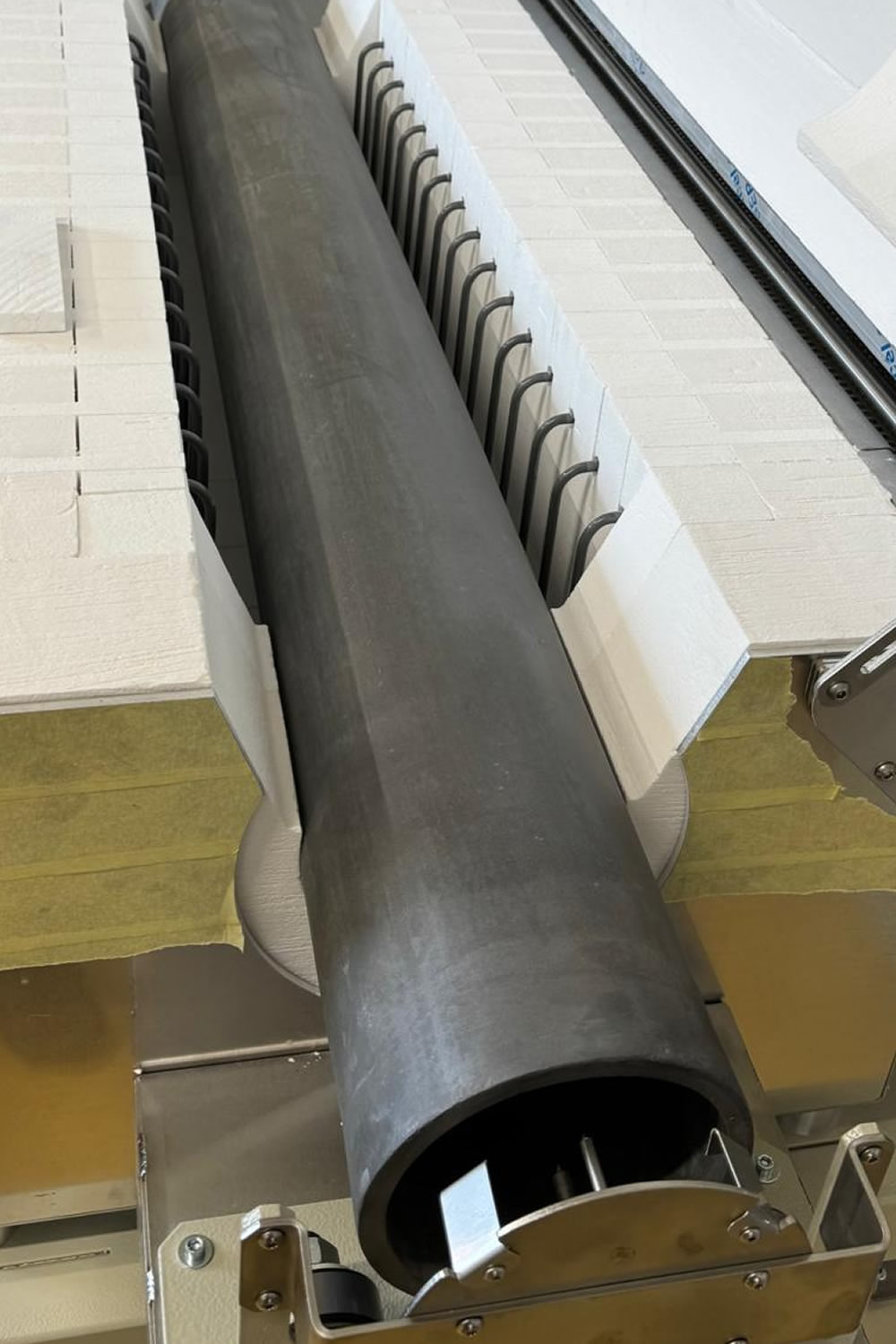
SSIC (Sintered Silicon Carbide) tubes are high-performance ceramic components renowned for their superior mechanical and thermal properties.
These tubes are extensively used in various industrial applications due to their exceptional hardness, thermal stability, and resistance to wear, corrosion, and thermal shock.
Indirect gas heating is an important method in the sintering, melting, heat treatment of metallic materials and glass industries. Compared with direct combustion heating, indirect gas heating can greatly improve the thermal efficiency and reduce the emission of NO and other harmful gases. At the same time, the temperature stability is improved to ensure the control of the atmosphere in the furnace. At the same time, many industrial heating processes require isolation of the workpiece and combustion environment. All of this must be heated by indirect radiation. Traditional indirect heating mainly uses metal or its alloy as the radiant tube of the heating system, but up to now, the upper limit of the maximum operating temperature of various metal radiant tubes is only 1000℃, which cannot meet the higher heating temperature required by many processes. At present, the main problem is the reliability problem of long-term use in higher temperature and more complex media.The pressureless sintered SiC radiant tube can be used stably for a long time in various corrosive media at a high temperature of 1650℃.
SSIC tubes are manufactured through a process of sintering silicon carbide powder with a siliconizing agent, resulting in a dense, hard material with a fine-grained structure.
Hi SumXu,
all the tubes were delivered unbroken so thanks for safe packing. Dimension are fine, so we will try heat them soon. Have a nice day.
BR David
Silicon carbide (SiC) ceramics have a set of unique physical-chemical properties, such as high hardness and mechanical stability at high temperatures, excellent thermal conductivity and low coefficient of thermal expansion, high resistance to corrosion and oxidation, wide bandgap, and others.
| Item | Recrystallized SiC | Sintered SiC | Reaction Bonded SiC |
|---|---|---|---|
| Purity of Silicon Carbide | 99.5% | 98% | > 88% |
| Max. Working Temp. (`C) | 1650 | 1550 | 1300 |
| Bulk Density (g/cm3) | 2.7 | 3.1 | > 3 |
| Appearance Porosity | < 15% | 2.5 | 0.1 |
| Flexural strength (MPa) | 110 | 400 | 380 |
| Compressive strength (MPa) | > 300 | 2200 | 2100 |
| Thermal expansion (10^-6/`C) | 4.6 (1200℃) | 4.0 (< 500℃) | 4.4 (< 500℃) |
| Thermal conductivity (W/m.K) | 35~36 | 110 | 65 |
| Main characteristics | High temp. High resistance. High purity |
Fracture Toughness | Chemical Resistance |
Reaction Bonded SiC has the lowest cost production technique with a course grain. Reaction Bonded SiC provides somewhat lower hardness and use temperature, but higher thermal conductivity. Reaction bonded silicon carbide has high strength, high hardness, hig abrasion resistance, high temperature resistance, corrosion resistance, good oxidation resistance, good thermal shock resistance, good thermal conductivity, rapid cooling and rapid heat resistance and high temperature creep resistance, etc. It can be made into beam, roller, cooling air pipe, thermocouple protection pipe, temperature measuring pipe, burner nozzle, wear-resisting parts, corrosion-resisting parts, sealing parts and a variety special-shaped structural parts.
Compared with reaction bonded silicon carbide, pressureless sintered silicon carbide has higher purity, better mechanical properties, more prominent corrosion resistance ( Resistantto strong acid and alkali corrosion, It is also the only ceramic material which can resistant to hydrofluoric acid corrosion ), higher wear resistance, because of there’s no free silicon in the material can be used in other materials can not meet the environment, longer service life.
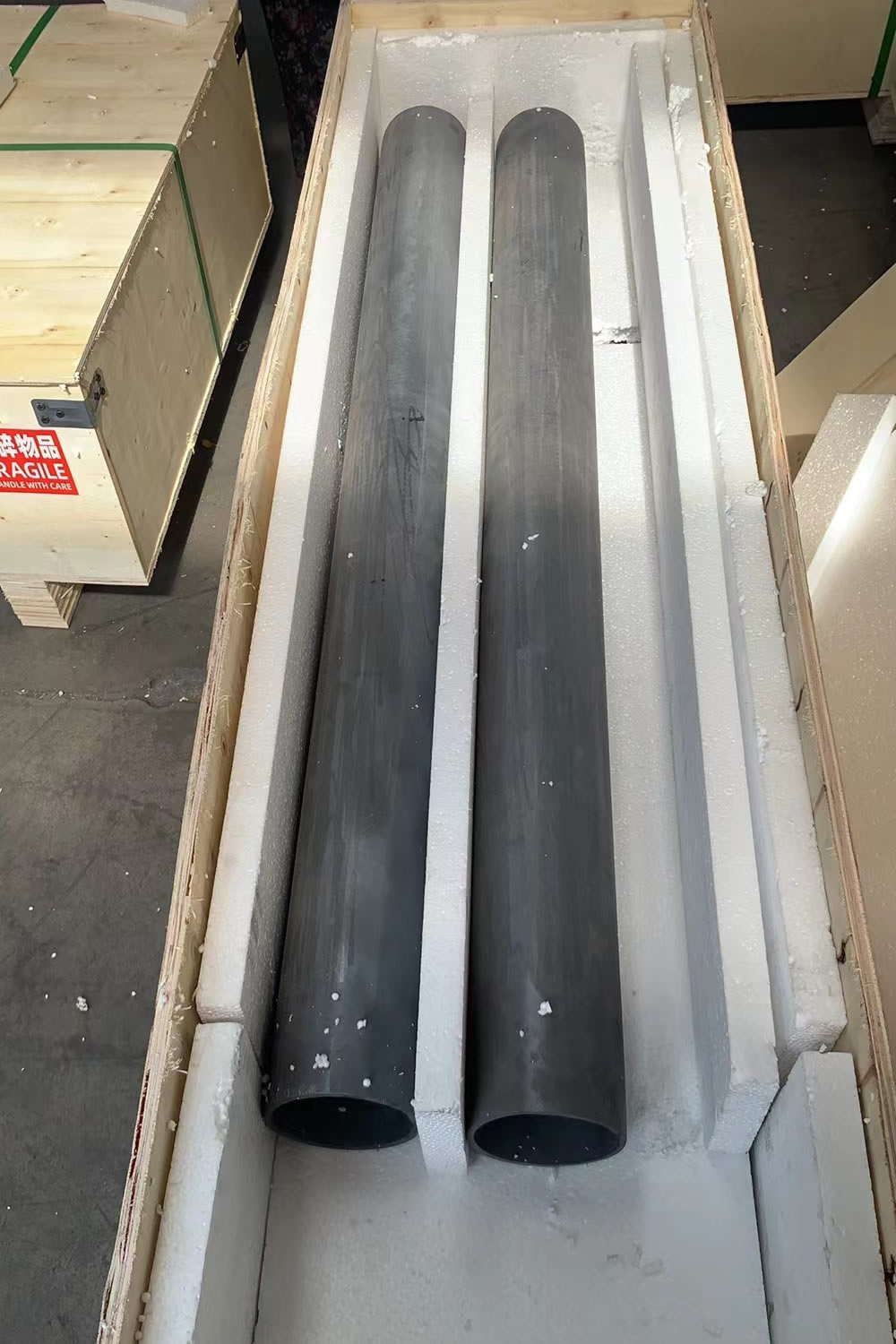
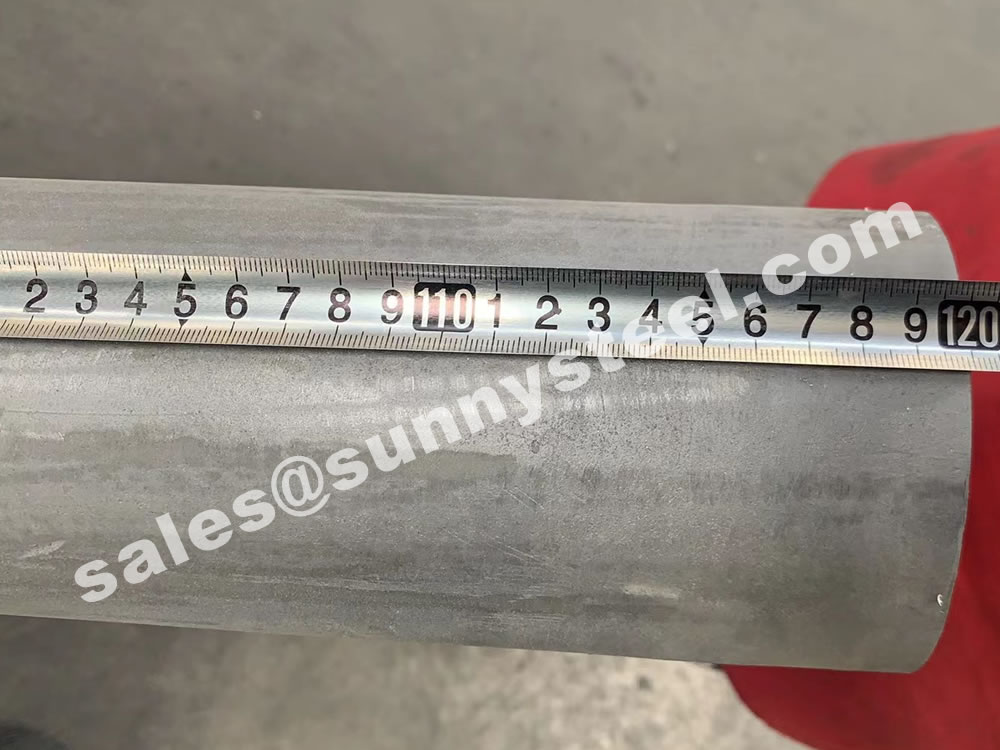

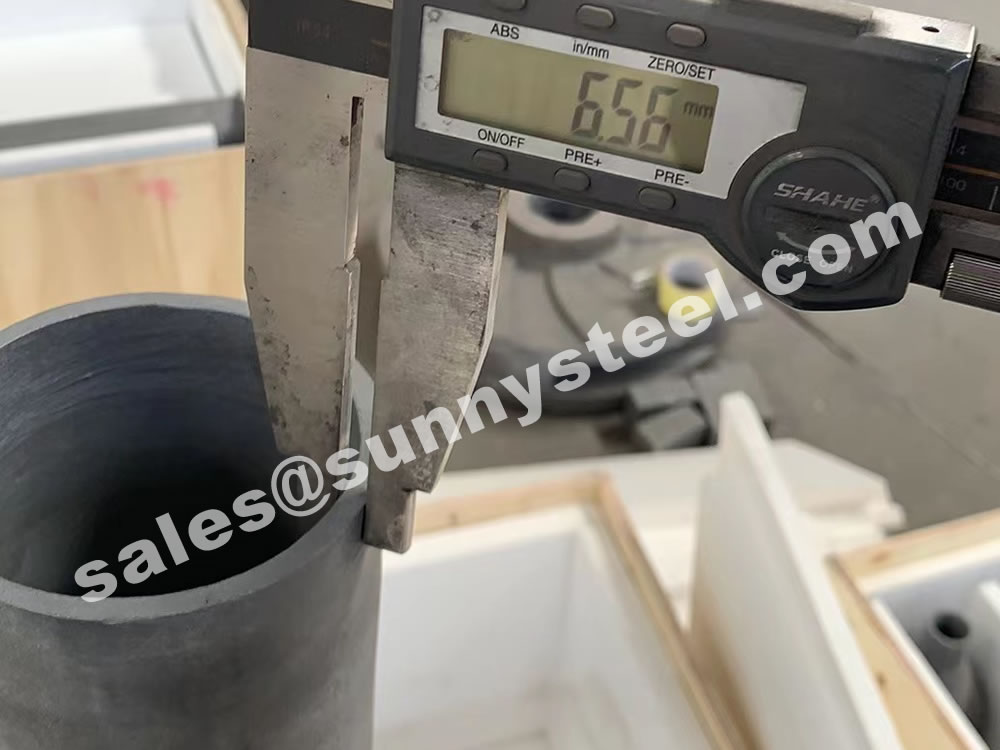
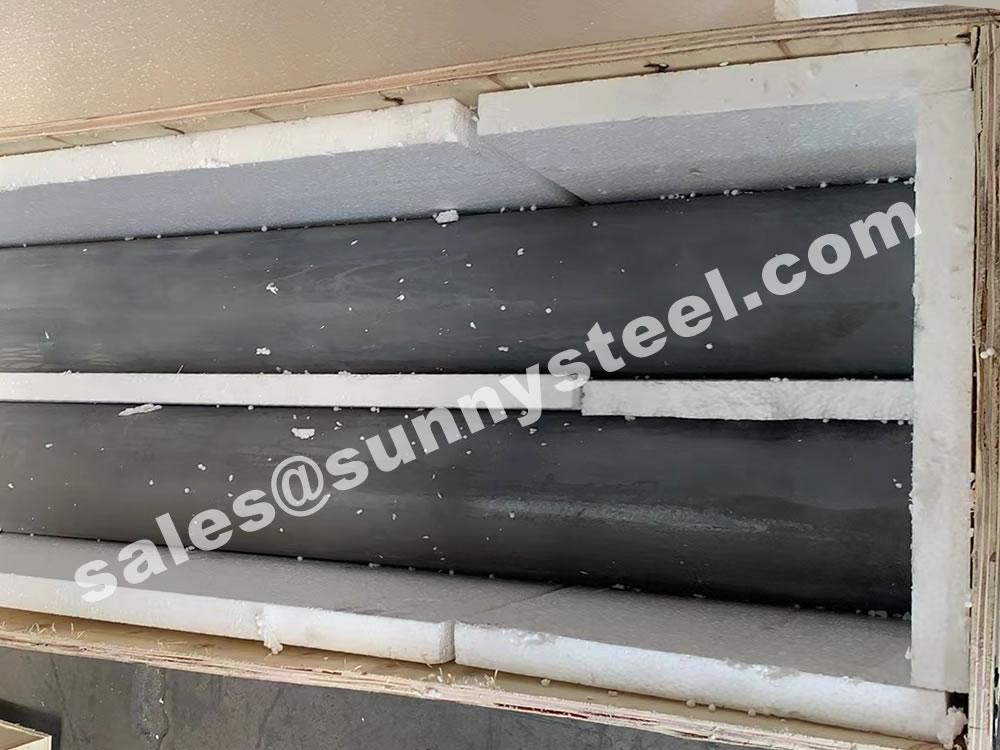
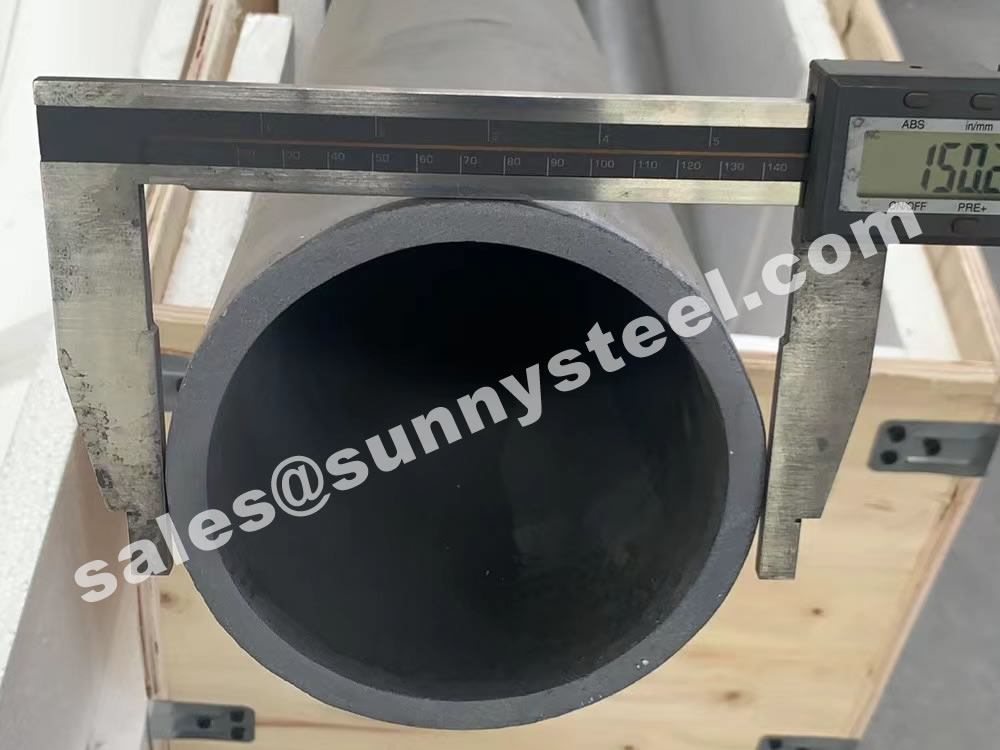
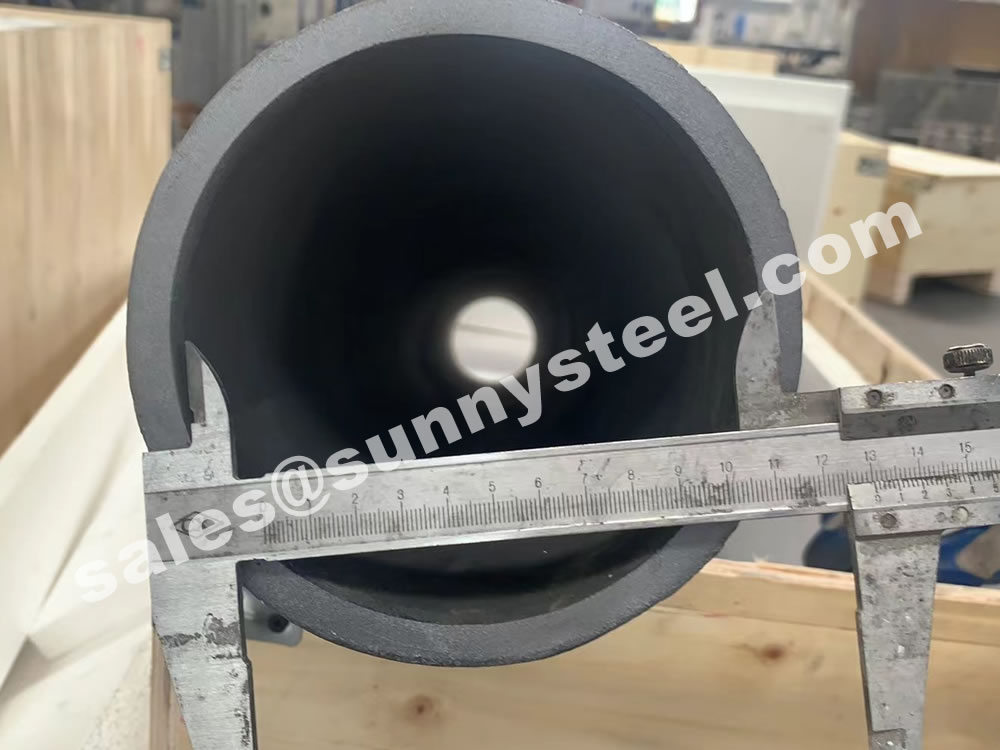


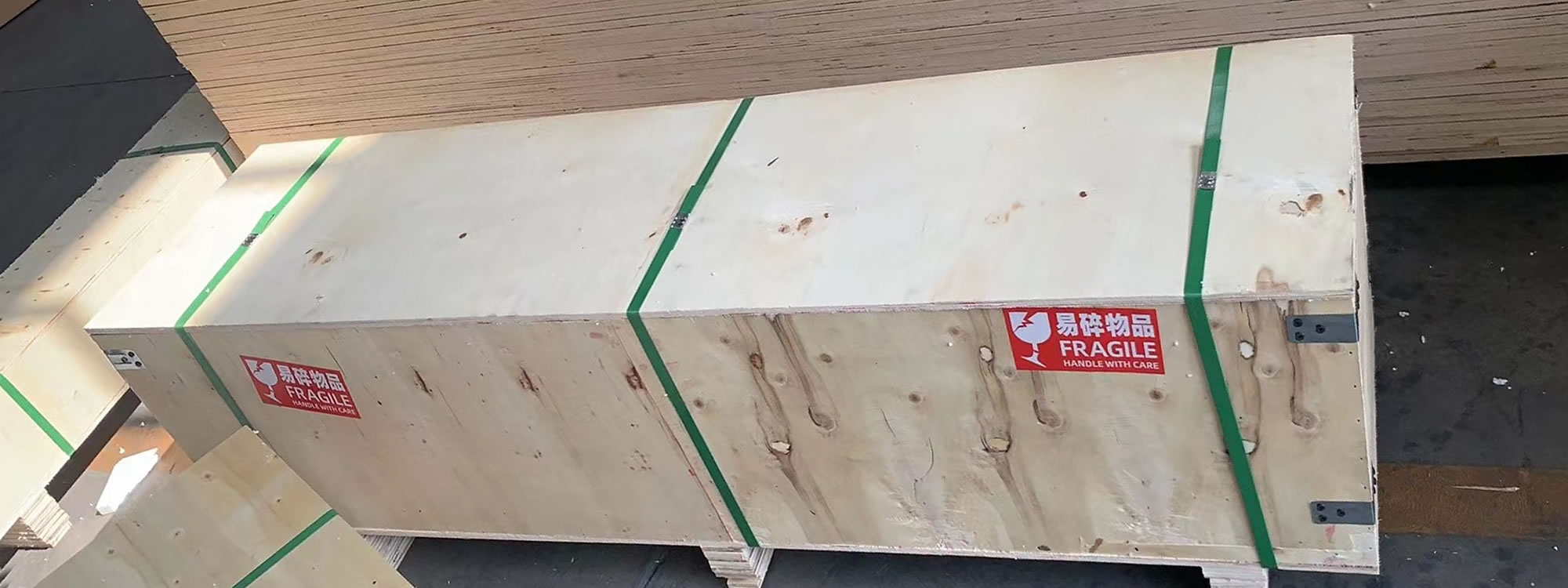
At present, the use of our company’s high wear-resistant ceramic lined steel pipe dozens of thermal power plant practice shows that: ceramic lined steel pipe anti-wear ability, anti-fluid erosion ability.
And it has developed rapidly. When transporting the materials with the harder abrasion (such as ash dregs, slag, coal powder, mining dregs, the rest mines, cement, etc), it will exit the problem that the abrasion of pipes is too rapid. Especially, the abrasion of bent pipes is greatly more rapid.
When transporting the special abrasion materials or erosive materials, it will exit the problem that the damage of pipes is too rapid.
SiC Ceramic lined pipe and the traditional steel pipe, wear-resistant alloy cast steel pipe, cast stone pipe and steel, steel and other rubber pipe is essentially different. Ceramic lined pipe is the outer layer of steel, the inner layer is RBSiC ceramic. Moh’s hardness of up to 13. Wear resistance than carbon steel pipe more than 30 times higher.
In a duct, the elbow wear the fastest, in practice, Ceramic lined pipe used after 1 to 2 years to open the observation and measurement, the composite layer are no obvious wear or tear off, ceramic-coated steel pipe wear Than the thick-walled wear-resistant cast steel pipe increased by nearly 10 times.
Silicon carbide (SiC) is a lightweight ceramic material with high strength properties comparable to diamond. It has excellent thermal conductivity, low thermal expansion, and is resistant to acid corrosion.
Silicon carbide is an excellent ceramic material suitable for applications requiring good corrosion resistance and wear resistance.
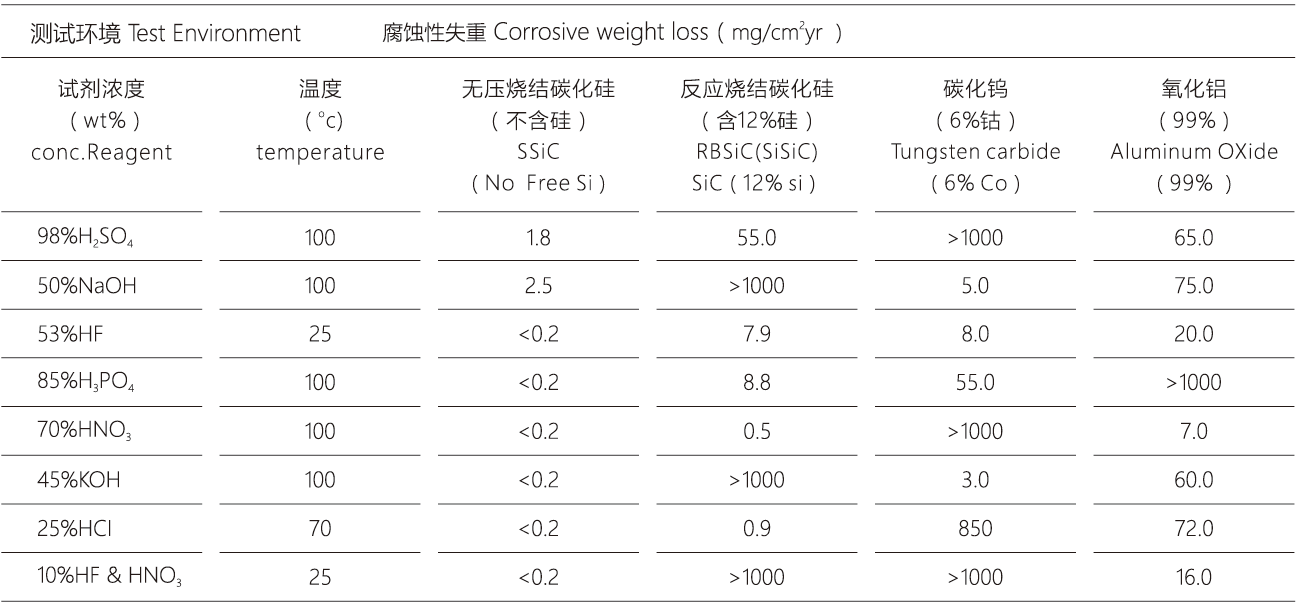
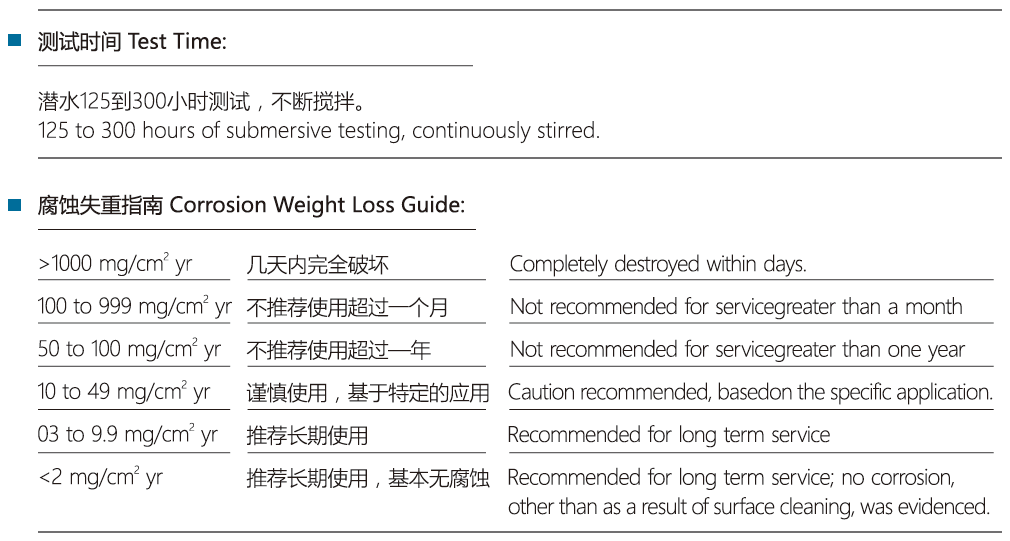
Typical silicon carbide characteristics include:
Typical silicon carbide applications include:
They are used more for operation with wear at low temperature than for high temperature behavior. SiC applications are such as sandblasting injectors, automotive water pump seals, bearings, pump components, and extrusion dies that use high hardness, abrasion resistance, and corrosion resistance of carbide of silicon.
Metallurgy and power industry: The reason why these two industries are put together is mainly because the two industries have a large number of metal pipes for the transmission of coal powder, ash, mud, and the like. After using the wear-resistant elbow pipe, the advantages of strong wear resistance, long life and easy installation are immediately highlighted.
Mining industry: If the wear-resistant elbow pipe is not used, the ordinary pipe is used for the transportation of the ore powder. Due to the filling of the mine and the transportation of the concentrate powder, the wear of the pipe is relatively large, so that the life of these pipes is only about one year. After wearing elbow pipes, the life of such pipes will be extended by a factor of five.
Coal industry: If long-distance wet transport of coal is required, the pipe has the requirements of good wear resistance and high corrosion resistance, and the pipe with wear-resistant elbow can meet these requirements well.
